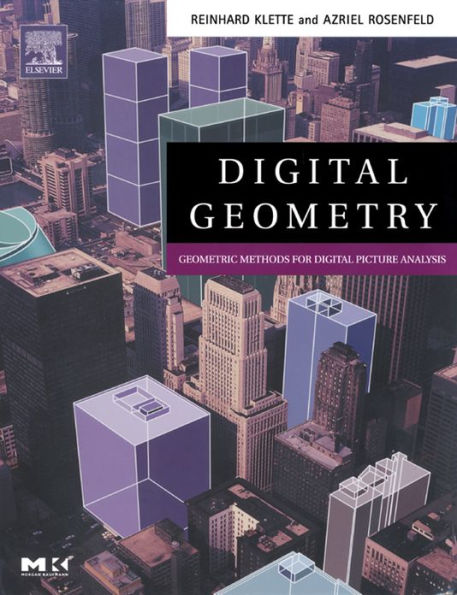5
1

Digital Geometry: Geometric Methods for Digital Picture Analysis
672
Digital Geometry: Geometric Methods for Digital Picture Analysis
672eBook
$81.99
$95.95
Save 15%
Current price is $81.99, Original price is $95.95. You Save 15%.
Related collections and offers
81.99
In Stock

Product Details
| ISBN-13: | 9780080477268 |
|---|---|
| Publisher: | Elsevier Science |
| Publication date: | 09/04/2004 |
| Series: | The Morgan Kaufmann Series in Computer Graphics |
| Sold by: | Barnes & Noble |
| Format: | eBook |
| Pages: | 672 |
| File size: | 19 MB |
| Note: | This product may take a few minutes to download. |
About the Author
What People are Saying About This
From the B&N Reads Blog
